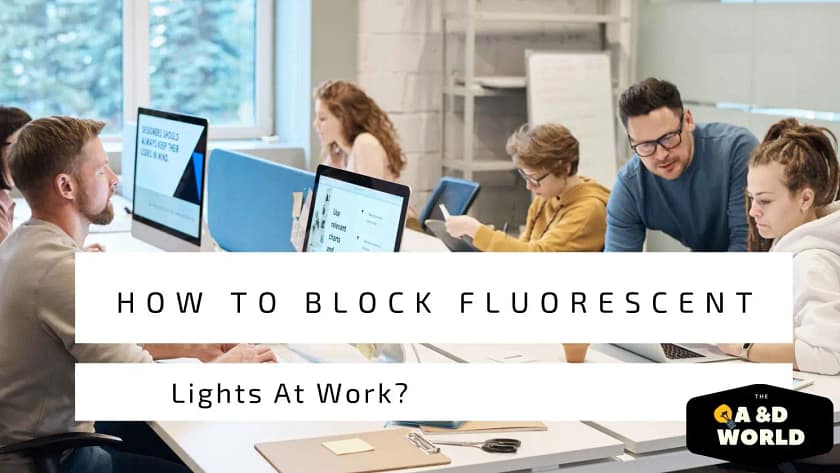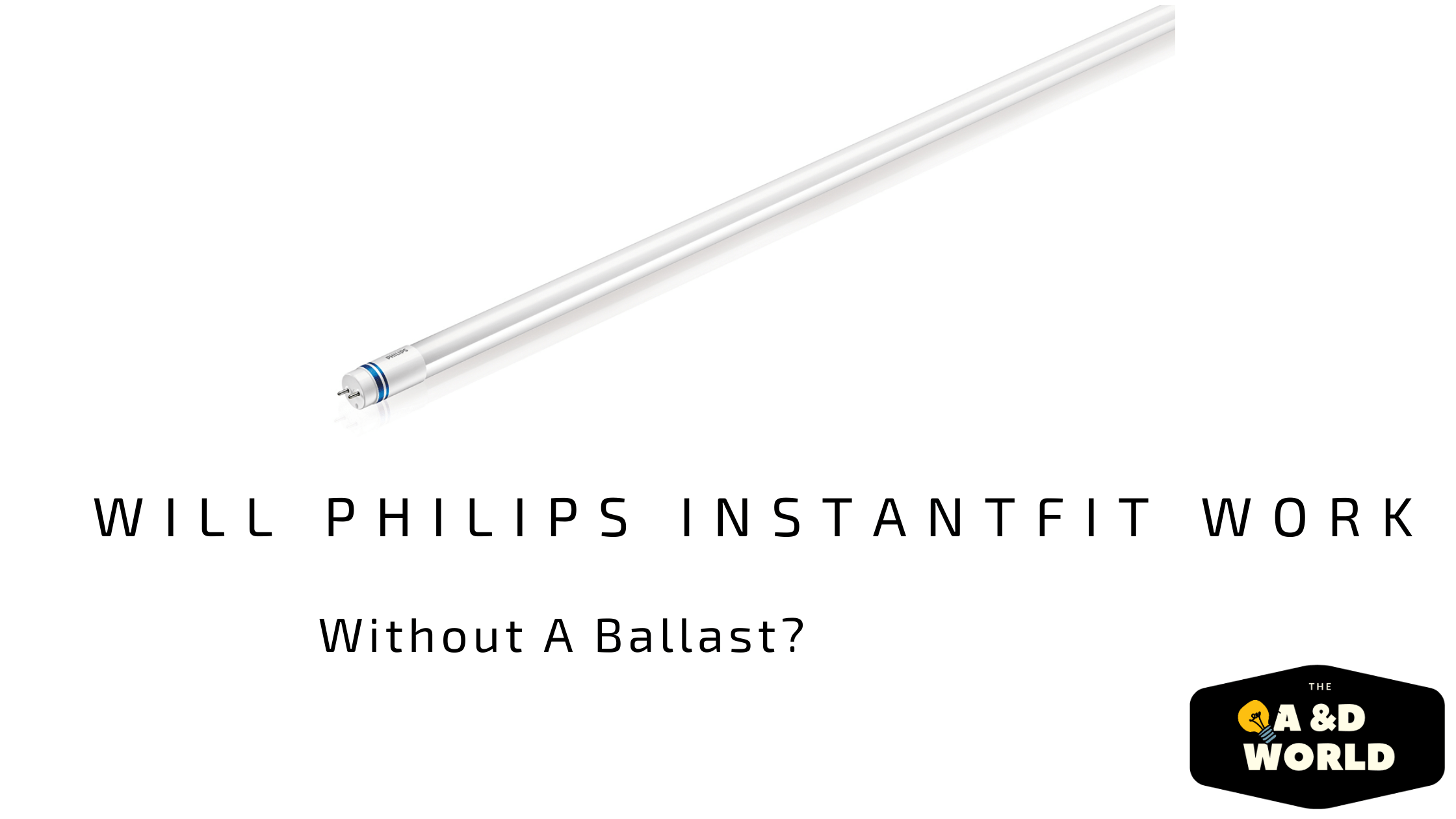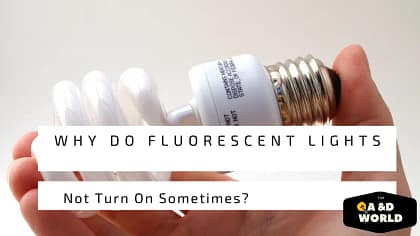Fluorescent lighting can negatively impact your productivity at the workplace. If you work in a large office, chances are there is fluorescent lighting. Because they are inexpensive, many places, like hospitals and offices, opt for these traditional lighting options.
The best way to block out fluorescent lighting at work is to avoid them altogether and take advantage of natural lighting. Try to move your desk to the closest window if you can. However, most people don’t have this option. Thus, there are many other things you can do. For instance, take regular breaks to rest your eyes from fluorescent lighting, request that your company convert to LEDs, purchase special glasses or invest in filters.
If you are wondering if fluorescent lights induce or provoke specific headaches or migraine attacks, then the answer is YES. Over 85% of women who suffer from chronic headaches associated with photophobia claim that these traditional lights are the culprit.
Below is an overview of the ways you can block out fluorescent lighting at work.
Take Regular Breaks From Fluorescent Overhead Lighting
More than two-thirds of U.S. workers are unhappy with the lighting in their offices and other public spaces. Fluorescent light sensitivity is one of the biggest contributors to this problem. Similarly, a study conducted by the American Society of Interior Designers, claims that over two-thirds of workers do not like this type of lighting.
Another study by the American Academy of Ophthalmology suggests the 20-20-20 rule. Start by taking 20 minutes of screen time and focus for 20 seconds on an object 20 feet away from your desk. This rule works perfectly for overhead fluorescent lights as the pauses help decrease the pressure these bulbs have on your eyes.
If you can take walks around the office while working, try going to the nearest window or, my favorite, close your eyes for at least five minutes, then resume working.
Request To Convert To LEDs
If you can ask your boss to update the fluorescent overhead lighting to LEDs, then do this. There are many benefits to having LED lighting; these include energy-saving features. Plus, they are better for your eyes and overall performance.
Moreover, compared to traditional lighting, LEDs have a longer lifespan and are far more durable. For your company to switch to these efficient bulbs, they will need to know about ballast compatibility. Your company must find bulbs that work with the ballast in the fixture or perform a ballast bypass conversion.
Wear Special Glasses
Investing in special glasses to block out fluorescent lighting is a good choice if you have exhausted all your other options. These glasses can block out most UV lights or minimize the effect. Some people feel sick when they are in fluorescent lighting for too long. Hence, quality glasses like TheraSpecs filter out the harmful wavelength and protect your eyes and brain.
Invest In Fluorescent Light Filters
Fluorescent light filters function similar to glasses, but it goes below the light itself. It is a cheaper option, especially for workplaces and classrooms. It filters the harmful blue light fluorescent fixtures produce. Not only does one person benefits from the filters, but the entire room also does.
The type of light fluorescent filters produced are easy on the eyes and prevent migraines. There are many styles and themes available to complement any office design. Further, after much research, I found the ShadeMagic light diffusers to be the most budget-friendly and reduce the harshness of the blue light. It comprises durable material and gives your room life.
More About Fluorescent Lighting And Migraines
Thanks to the studies above, we now know that fluorescent lights can cause migraines. Many people experience headaches when exposed to fluorescent lights. So much so, that they cannot work in environments with these fixtures.
The problem lies in the pulsing of fluorescent lighting. While incandescent and halogen bulbs provide a steady light source, fluorescent bulbs have a frequent pulse. This pulsing causes discomfort for many people, especially those suffering from migraines.
The movement can cause nausea and dizziness. Most people are unaware that the culprit is fluorescent bulbs. Instead, they think they’re coming from somewhere else in their environment or the stress at work.
To Sum,
Many offices still have dreadful fluorescent lighting, which can cause migraines and decrease productivity. While your option is limited, the best way to prevent these problems is to switch to LEDs, but this is expensive. The cheapest way to block out fluorescent lights at work is to use filters.





